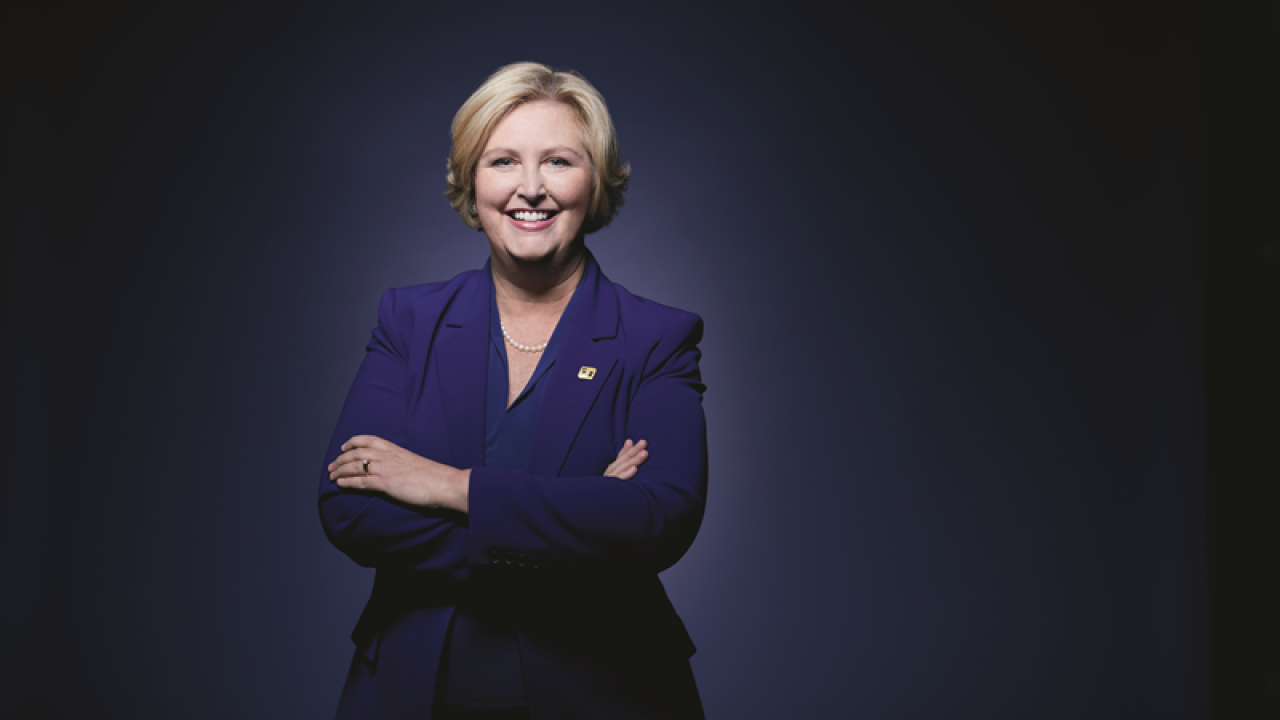It may be an ironic twist or wise marketing timing, but the number of Near Field Communication announcements in the payments industry seemingly increased quickly last week after it was revealed that Apple Inc.'s iPhone 5 would not have an NFC chip.
More importantly, at least one of those announcements illustrates a potential trend: That the flexibility of NFC chips allows consumers access to payment capabilities on devices other than smartphones.
NFC technology goes far beyond contactless payments, providing consumers the ability to share data by simply tapping their phones together or to obtain information from any other item with an embedded NFC chip. In addition to phones, NFC is being included in tablets, laptop computers and even the controller that comes with Nintendo's next Wii video game system.
The absence of any NFC payment capability in Apple's next iPhone raised several questions. Is Apple simply waiting until next year, or is it building a mobile wallet based on a different technology? Is NFC too flawed to rely on for payments?
If the Intel Development Forum last week in San Francisco was any indication, NFC payment options are continuing with or without Apple's involvement. Soon, consumers will have the option to make payments with a contactless card and laptop computer when shopping online.
Intel and MasterCard emphasized that development of such a laptop is in the early stages, but provided demonstrations at the forum showing how a consumer could initiate a contactless transaction by tapping a credit card on a laptop trackpad, rather than inputting credit card data onto an online payment page.
The technology operates with a MasterCard PayPass wallet service that uses NFC technology on a Toshiba Satellite U925T, the first Intel Ultrabook device on the market with built-in NFC, Intel says. Intel and MasterCard announced their Ultrabook technology partnership last year, with Intel also citing its use of the SecureKey Technologies Inc. authentication system in the computers.
The technology provides more protection for consumers by eliminating the need to type in sensitive information, Intel says. Intel also claims the technology is more secure because the online merchant does not receive the user's credit card number, but rather gets card verification from MasterCard.
The NFC laptop project for Intel and MasterCard doesn't represent the "wow factor" that payments or technology companies are looking for regarding NFC or mobile payments, says Brian Riley, senior research director and analyst with Needham, Mass.-based CEB TowerGroup.
Then again, nothing else seems to have enough "wow factor" to have mass appeal either, he says.
"Apple has gone right, and others go left, but it shows that we have not decided on which technology is going to be best for mobile payments," Riley says. "It shows that Apple is not driving this business, but it also shows how far we have to go and that an alternative technology has not emerged yet."
In other NFC-related news, Columbus, Ga.-based Total System Services Inc., or TSYS, introduced its new NFC products for North America as part of a partnership with card issuer Canadian Imperial Bank of Commerce.
Meanwhile, French supermarket giant Casino Group touted what it calls the world's first entire NFC store with the contactless technology in place for consumers to access product information, scan and price items for their shopping carts and pay with a tap of their smartphone at the point-of-sale terminal. The group plans to have the NFC functions in place at the supermarket in October.
And Nintendo said last week that it would launch Nov. 18 its new Wii U games console, which has an NFC reader in its tablet-like controller.
Nintendo has so far provided little detail on how the NFC chip might work with payment cards, mobile phones, video game hardware or other devices. However, the company is introducing a rewards system to encourage its customers to buy downloadable games from the console itself.





